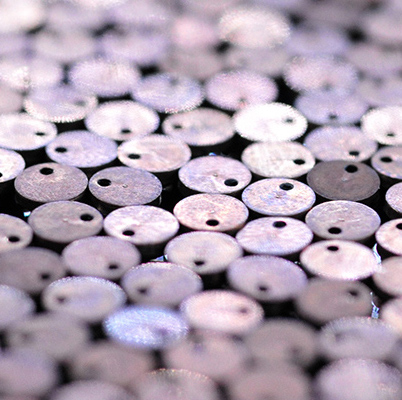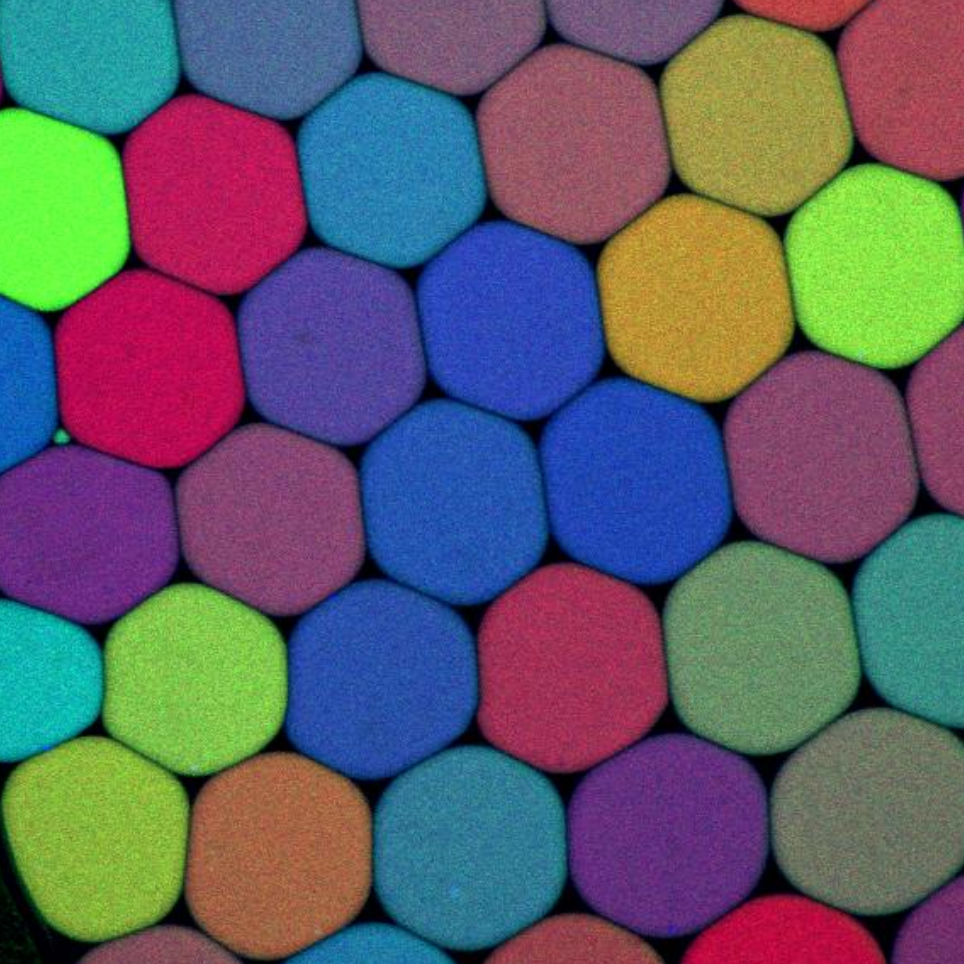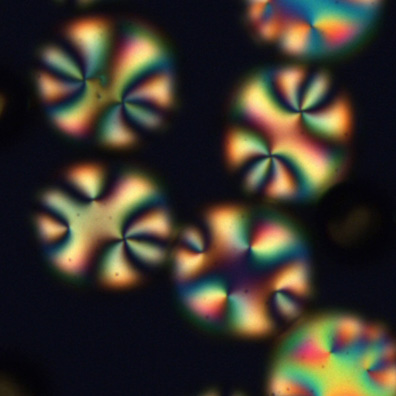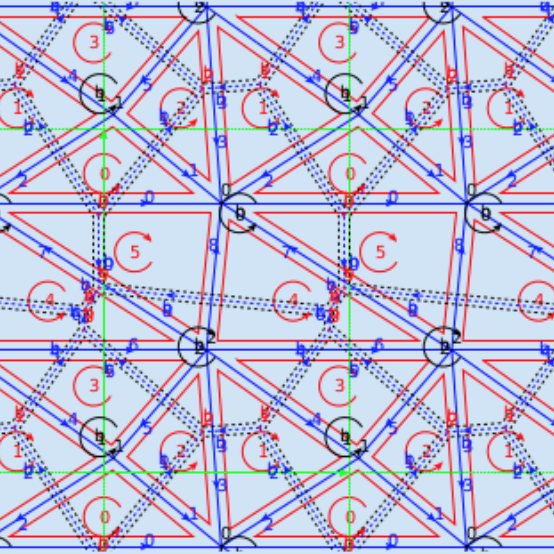Research
The research at Gulliver is an experimental and theoretical travel in soft matter, covering a broad range of activities, from truely fundamental studies to concrete realizations implying several patent deposits and the creation of startups. Our scientific strategy consist in acquiring a deep physical understanding of the elementary process at play in model experimental systems and capitalize this knowledge to propose original and elegant solutions for the design of new materials and devices.
Gulliver’s research is organized along the six following lines. PI’s and students contribute to several of them, facilitating cross-fertilization amongst topics.
Active matter
 Wether dilute or condensed, active matter inherits very unusual properties from the intrinsic out of equilibrium nature of its components. Mechanical pressure is not a state variable, surface tension is not unique, macroscopic flows emerge in the absence of driving, collective actuation spontaneously takes place in solids.
Wether dilute or condensed, active matter inherits very unusual properties from the intrinsic out of equilibrium nature of its components. Mechanical pressure is not a state variable, surface tension is not unique, macroscopic flows emerge in the absence of driving, collective actuation spontaneously takes place in solids.
Olivier Dauchot — Matthieu Labousse — Teresa Lopez-Leon — Mathilde Reyssat — Paddy Royall — Michael Schindler
Programmable matter
 Programmable matters encompasses apparently different research fields, from molecular programming to swarm robotics, which share a common language. Taking advantage of DNA nanotechnologies and molecular programming, it is possible to rationally build artificial DNA/enzyme-based reaction networks that emulate cellular functionalities. Taking advantage of a joined morpho-physical and logical computing, populations of robots collectively learn the realization of tasks, they would not achieve otherwise.
Programmable matters encompasses apparently different research fields, from molecular programming to swarm robotics, which share a common language. Taking advantage of DNA nanotechnologies and molecular programming, it is possible to rationally build artificial DNA/enzyme-based reaction networks that emulate cellular functionalities. Taking advantage of a joined morpho-physical and logical computing, populations of robots collectively learn the realization of tasks, they would not achieve otherwise.
Yannick Rondelez — Zorana Zeravcic — Guillaume Gines — David Lacoste — Olivier Dauchot
Topological matter
 Topology is central to the organization of condensed matter. In the case of soft matter, it is a key ingredient of the structural and dynamical properties of liquid crystals. It also become important when considering the mechanical properties of slenders objects, such as thin sheets or ribbons. In both cases topological deffects are the relevant entities to consider. Controling them is at the core of our research activity.
Topology is central to the organization of condensed matter. In the case of soft matter, it is a key ingredient of the structural and dynamical properties of liquid crystals. It also become important when considering the mechanical properties of slenders objects, such as thin sheets or ribbons. In both cases topological deffects are the relevant entities to consider. Controling them is at the core of our research activity.
Teresa Lopez-Leon — Vincent Démery — Élie Raphaël
Interfaces in soft matter
 Complex systems at interfaces are a modern research field continuously raising fundamental and applied questions. It is characterized by soft, liquid or amorphous-solid objects whose typical size becomes comparable to the one of their inner constituents (molecules, colloids, etc.), or whose surface effects dominate the volume ones. Under certain circumstances, such complex interfaces can also be active leading to a plethora of new phenomena.
Complex systems at interfaces are a modern research field continuously raising fundamental and applied questions. It is characterized by soft, liquid or amorphous-solid objects whose typical size becomes comparable to the one of their inner constituents (molecules, colloids, etc.), or whose surface effects dominate the volume ones. Under certain circumstances, such complex interfaces can also be active leading to a plethora of new phenomena.
Joshua McGraw — Élie Raphaël — Mathilde Reyssat — Ludwik Leibler — Matthieu Labousse — Olivier Dauchot — Vincent Démery — Teresa Lopez-Leon
Information and stochastic dynamics
 In recent years, we have witnessed an impressive accumulation of fundamental developments in non-equilibrium statistical physics, which have deepened our understanding of fluctuations. We study how to quantify whether fluctuations are rare or not, what is their information content and their deep link to thermodynamics. On a more applied level, the need to extract relevant information from non-equilibrium fluctuations becomes particularly important for applications to biology.
In recent years, we have witnessed an impressive accumulation of fundamental developments in non-equilibrium statistical physics, which have deepened our understanding of fluctuations. We study how to quantify whether fluctuations are rare or not, what is their information content and their deep link to thermodynamics. On a more applied level, the need to extract relevant information from non-equilibrium fluctuations becomes particularly important for applications to biology.
David Lacoste — Ken Sekimoto —Vincent Démery
Numerical and analytical methods
 The exploration of condensed matter systems is more and more often approached through numerical methods. An important part of our reflection is turned towards the development of new methods. These methods can either improve, substantially, the efficiency of existing codes or allow one to pull out material properties from new experimental techniques. A final, important realization of this axis is the development of algorithms and models for the study of self-propelled particles.
The exploration of condensed matter systems is more and more often approached through numerical methods. An important part of our reflection is turned towards the development of new methods. These methods can either improve, substantially, the efficiency of existing codes or allow one to pull out material properties from new experimental techniques. A final, important realization of this axis is the development of algorithms and models for the study of self-propelled particles.
Michael Schindler — Anthony Maggs — Ken Sekimoto — Vincent Démery

